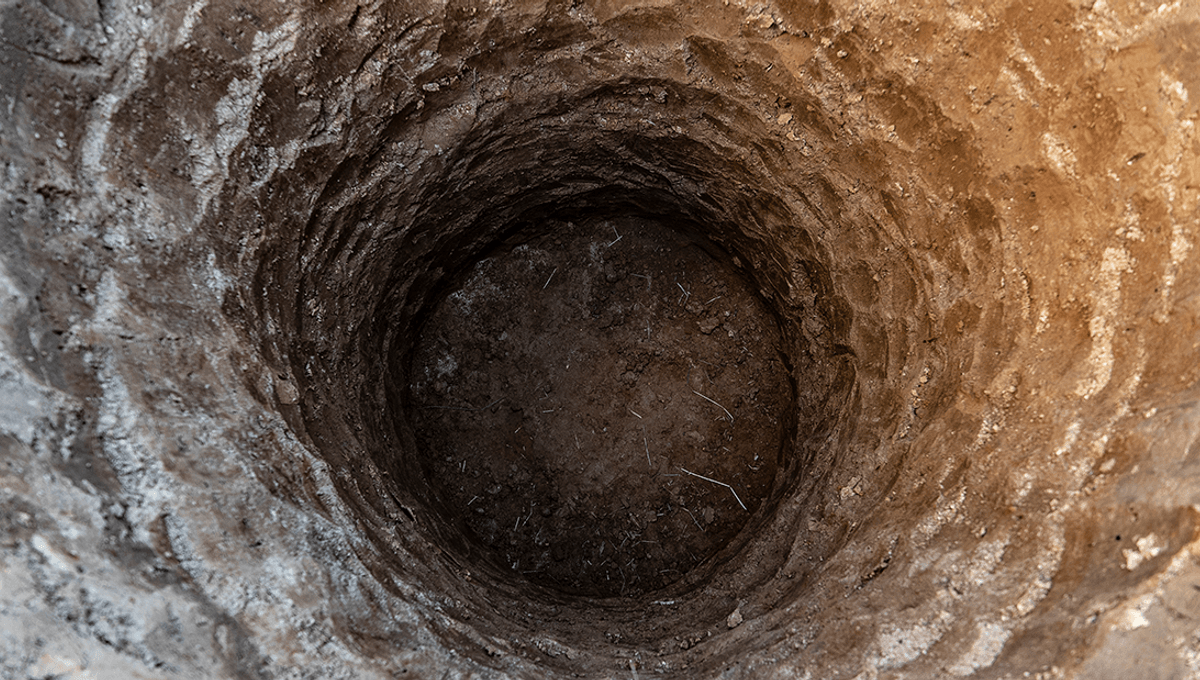
Earlier this year, China began digging a 10,000-meter (32,808-foot) hole into the Earth, the deepest ever attempted in the country.
Digging down through 10 layers of rock, the team hopes to reach rocks from the Cretaceous Period, the layer known as the Cretaceous System, which dates back up to 145 million years. While cool in its own right, there has been some speculation around the main purpose of the drilling, though the answer is fairly transparent.
The project could be used to identify mineral resources, as well as help assess environmental risks like earthquakes and volcanic eruptions, according to Bloomberg.
However, Quanyou Liu from Peking University in China, who is familiar with the project, told New Scientist that the drilling could reach back even further into the past, going down to the Cambrian period 541 to 485 million years ago. Here, in the Tarim Basin, there may be oil to be found. According to Liu, the purpose of the drilling is “to discover whether there is still the occurrence of oil and gas in the ultra-deep depths.”
This would make sense, given that the project is being led by China’s National Petroleum Corp. According to the company, the hole will test new drilling technologies, as well as help us learn about the internal structure of the Earth.
The hole, while impressively deep, will not be the deepest human-made hole on Earth. That title goes to the Kola Superdeep Borehole, on the Kola Peninsula in northwestern Russia. The project, which spanned from May 24, 1970, to just after the collapse of the Soviet Union, saw the deepest branch of the hole reach 11,034 meters (36,201 feet) below sea level.
The team found that the rocks deep below the Earth were a lot wetter than they were expecting. Before the borehole found it, scientists had thought the water would not permeate the rock so deeply. They had also been expecting to find a layer of basalt beneath the continent’s granite, as this is what was found in the oceanic crust. Instead, they found that beneath the igneous granite was metamorphic granite. Since the continental crust was granite all the way down, this was evidence for plate tectonics, a theory that had only recently begun to be accepted when they began digging the borehole.
Digging into the Earth doesn’t always go so smoothly. An American team in the 1960s reached 183 meters (600 feet) beneath the seafloor, going through 13 meters (43 feet) of basalt in the uppermost layer of oceanic crust before the project was canceled due to mismanagement and financial troubles. With these problems aside, the task is still a huge undertaking.
“The construction difficulty of the drilling project can be compared to a big truck driving on two thin steel cables,” Sun Jinsheng, an academic at the Chinese Academy of Engineering, told Chinese state news agency Xinhua of the latest Chinese efforts.
While exciting, mantle fans await disappointment. The Earth’s crust, on land, is variable. On average it is about 30 kilometers (19 miles) thick, though under mountain ranges it can reach as much as 100 kilometers (62 miles). We are far from reaching the Earth’s mantle and tasting the forbidden goo.
An earlier version of this article was published in May 2023.
Source Link: Why Is China Digging A 10,000-Meter Hole Down To The Cretaceous System?